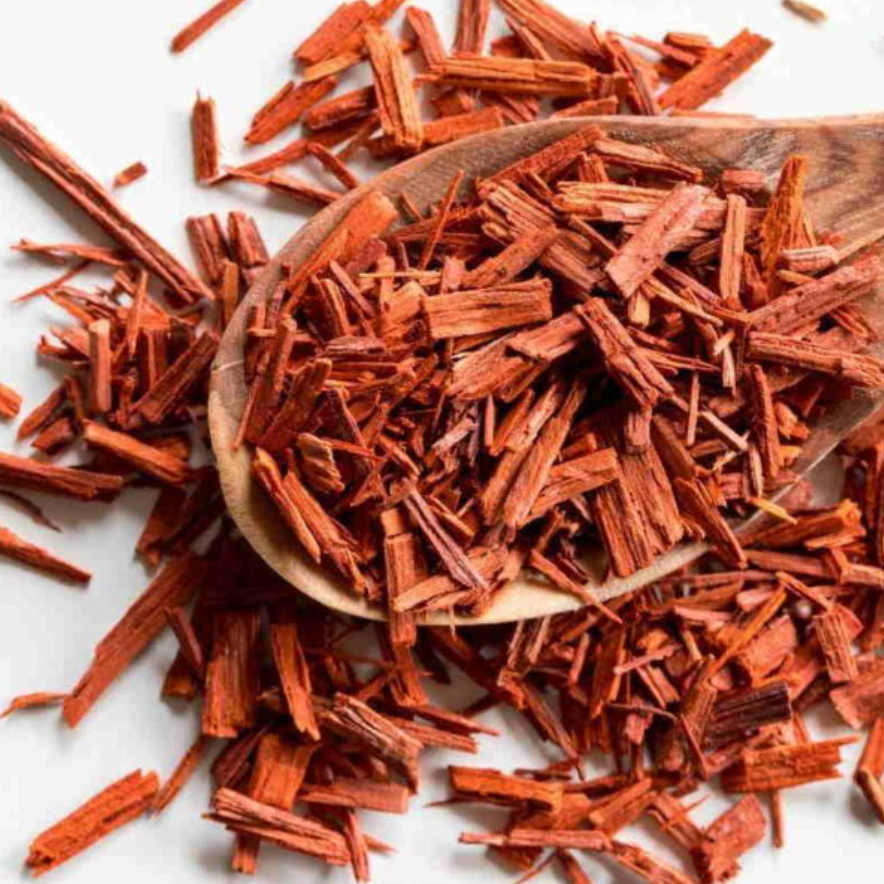

Sandalwood Australian is produced from the heartwood of the native Australian tree. A parasitic tree that takes up to thirty years to produce oil. Santalum spicatum essential oil has been unavailable for over 30 years, and is the finest, rarest and most exotic of the Australian Sandalwoods. It is a small native tree of Western and South Australia. It is a very slow growing tree, particularly in the very arid regions where it can take 50-90 years to reach commercial size.
The essential oil is produced through the traditional methods, using the heart wood. No useful part of the tree is wasted, including the roots. The dead trees are cut or pushed down, and the roots are pulled from the ground.
For a period of time this Sandalwood was actually listed as a protected species, as a temporary measure, to ensure that the tree was not placed into an endangered species category, it is now grown with strict controls on the harvesting of Sandalwood, including licensing, size, age, location and replacement of trees.
The aroma of Australian Sandalwood is very similar to the East Indian Sandalwood. Santalum spicatum is recognised as a substitute, or equivalent, in perfumery and therapeutically for the East Indian. Australian Sandalwood currently supplies well over half of all sandalwood traded around the world annually.
A study of Australian Sandalwood proved very effective against bacteria, particularly Escherichia coli and Staphylocococus aureus. It was determined that Australian Sandalwood can be used topically, in creams, lotions, baths, deodorants and shampoos for its antiseptic and antibacterial properties. The levels of constituents are very close to the East Indian oil, and is an excellent alternative in all formulations, due to the similarity, availability and origin of the oil.
Blends well with : Basil, Black Pepper, Geranium, Frankincense, Lavender, Lemon, Neroli, Rose and Vetiver.
Choose options


